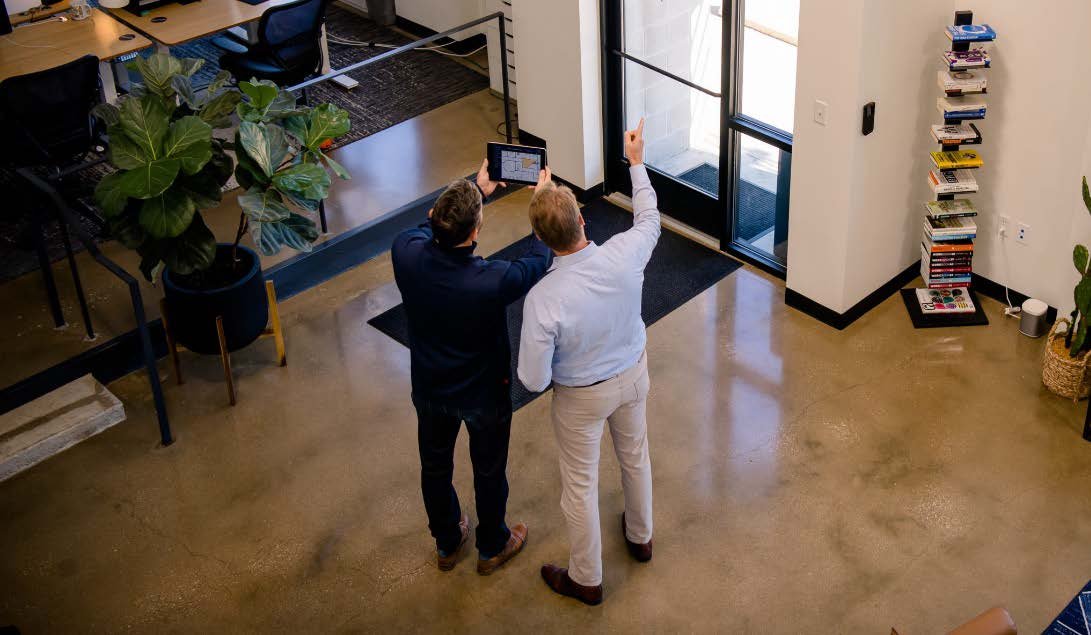A well-executed commercial fit-out can transform an empty space into a functional, attractive environment that enhances productivity and reflects your brand. Whether you’re setting up an office, retail store, or restaurant, understanding the fit-out process is key to achieving a successful outcome. This guide will walk you through the essential steps, from the initial concept to the final handover.
Initial Consultation and Needs Assessment

The fit-out journey starts with a thorough consultation to understand your business’s specific needs and vision for the space. During this phase, you’ll discuss:
- Space Requirements: How will the space be used? What are the core functions?
- Brand Identity: How can the space reflect your brand’s ethos and values?
- Budget and Timeline: Establishing a clear budget and project timeline is critical to keeping the process on track.
This step sets the foundation for the entire project, aligning the design and fit-out process with your business goals.
Site Survey and Space Planning
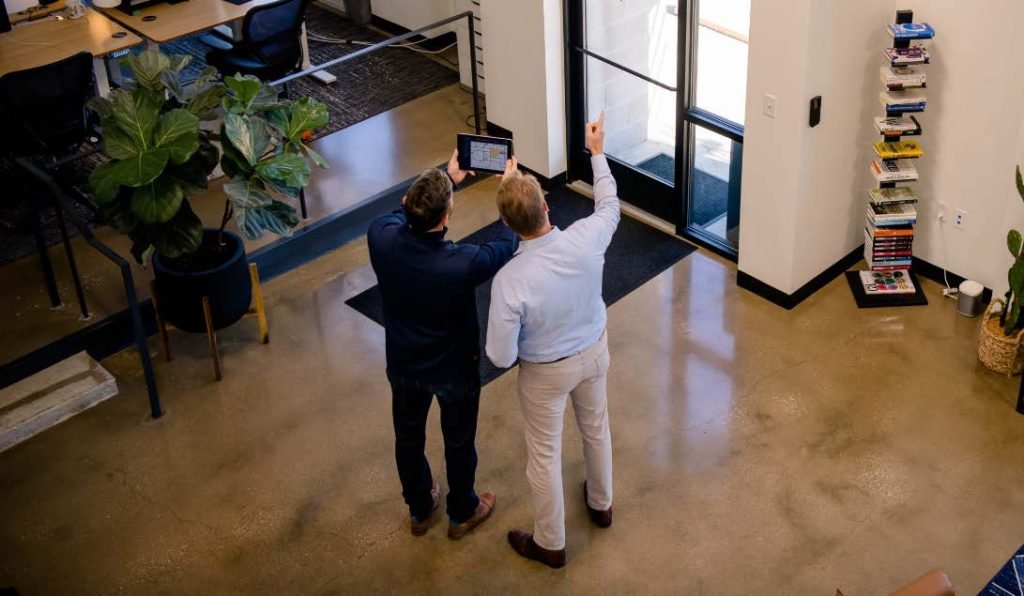
Once your needs are established, a site survey is conducted to assess the current state of the space. This includes:
- Measurement and Layout Analysis: Accurate measurements help in creating efficient layouts.
- Structural Considerations: Evaluating the condition of the building and identifying any limitations or opportunities.
With this data, a detailed space plan is created, outlining the layout of workstations, meeting rooms, breakout areas, and other critical zones. The goal is to optimize the use of space while ensuring a seamless flow and accessibility.
Design and Concept Development

The design phase brings your vision to life through creative concepts that reflect your brand and functional needs. This step involves:
- Concept Designs: Initial sketches and 3D visualizations help you see how the final space will look.
- Material Selection: Choose finishes, furnishings, lighting, and other design elements that will enhance both aesthetics and functionality.
- Branding Elements: Ensure your company’s branding is woven into the design, whether through color schemes, logos, or subtle thematic cues.
The design process is collaborative, allowing room for feedback and adjustments to refine the concept until it perfectly aligns with your expectations.
4.Planning and Approvals
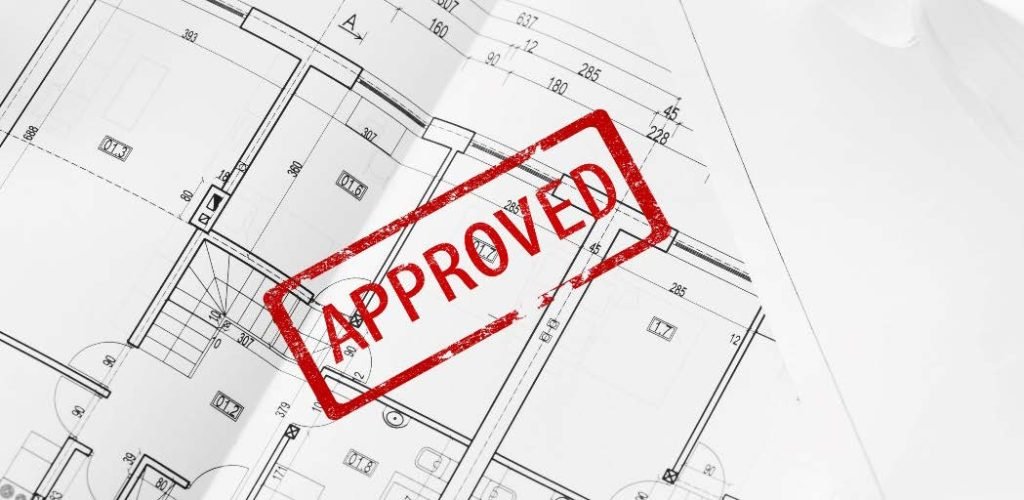
Before moving to the construction stage, securing the necessary permissions and approvals is essential. This could include:
•Building Approvals: Depending on the project scope, structural changes may require approval from buildingauthorities or landlords.
•Compliance with Regulations: Ensuring your fit-out adheres to safety codes, health regulations, andenvironmental standards.
Proper planning at this stage ensures the project runs smoothly without delays from legal or regulatory issues.
5.Construction and Fit-Out
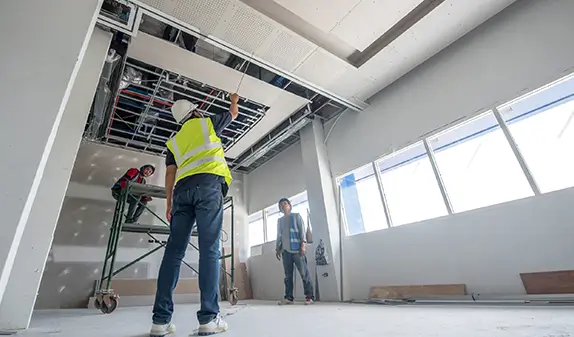
With all plans and approvals in place, the physical transformation of your space begins. This is the most intensive phase, involving:
•Demolition and Structural Work: If needed, walls are removed or erected, and any necessary structural changesare made.
•Mechanical, Electrical, and Plumbing (MEP): Installation or reconfiguration of air conditioning, electrical systems,lighting, and plumbing takes place.
•Interior Finishing: Painting, flooring, installation of partitions, and other finishes give the space its aesthetic appeal
Furniture and Fixtures Installation
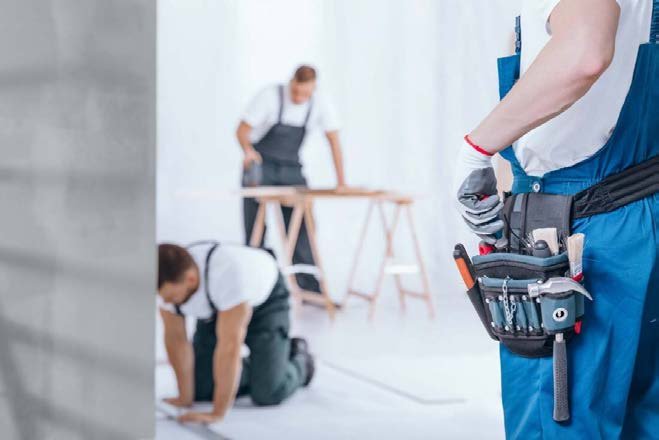
Once the structural and finishing works are completed, it’s time to bring in the furniture and fixtures:
- Workstations and Seating: Installation of ergonomic furniture designed for comfort and productivity.
- Lighting and Décor: Proper lighting enhances the workspace atmosphere, while décor elements like artwork or branding details complete the look.
This step also includes installing any custom-built features or display units if the project involves retail spaces or other specialized environments.
Quality Control and Final Inspections

Before the project is handed over, a thorough quality check is conducted to ensure all aspects of the fit-out meet the required standards. This includes:
- Snagging: Identifying and fixing any defects or issues.
- Compliance Check: Ensuring the space meets safety, fire, and accessibility regulations.
At this point, the client will typically conduct a walk-through to confirm everything aligns with their expectations.
Handover and Post-Completion Support

Once all checks and adjustments are complete, the project is officially handed over. The final phase includes:
- Project Documentation: Providing all necessary manuals and documents related to warranties, systems, and materials used.
- Post-Completion Support: Offering ongoing support, such as maintenance services or addressing any post-move issues.
Conclusion
A commercial fit-out is a detailed process requiring careful planning, coordination, and execution. Whether you’re looking to optimize a retail space or design an inspiring office, following these steps ensures a smooth and successful project, delivering a space that functions well and reflects your business’s identity. Working with an experienced fit-out team will not only save you time but also ensure that your vision is brought to life with precision and care.
